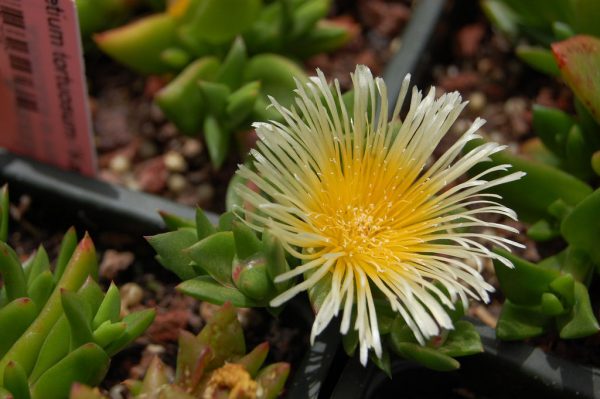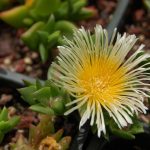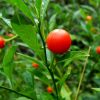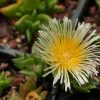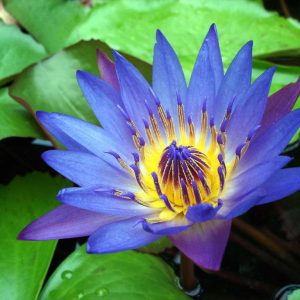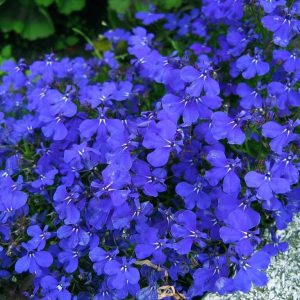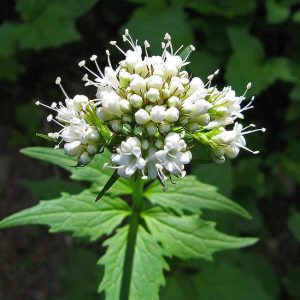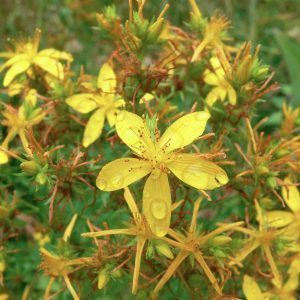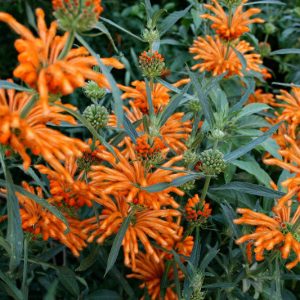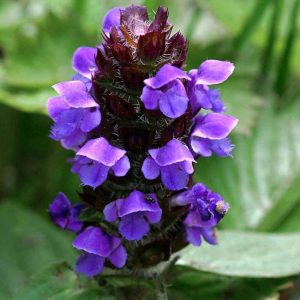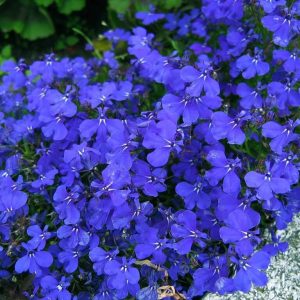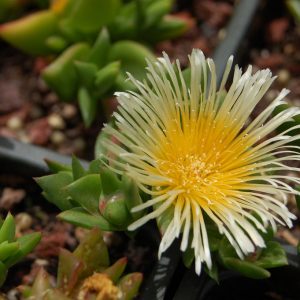Description
Kanna seeds & germination Kanna can be grown both from seeds and from cuttings. Seeds should be scattered onto soil and slightly pressed down. Put them in a warm and well-lit place and make sure the soil stays damp until the seeds start sprouting. However, always water with moderation to prevent rot. The germination time ranges between two weeks to two months. It’s also possible to put seeds in a small bowl of water for two days, then wash them and press them into humid soil. Gibberellic acid could be a helpful additive to speed up germination. Beware that seedlings are fragile, especially when transported: always make sure to pot them as soon as possible. Sceletium tortuosum seeds are difficult to preserve. If you’re happy to own them, don’t wait too long before planting. When plants have grown a bit, it’s possible to multiply them by making cuttings. In general cuttings will root easily.
Growing kanna in pots Sceletium tortuosum can be grown in soil or in a pot. If you’re using pots, make sure they have drainage holes. Kanna doesn’t need a lot of water and overwatering is one of the most common mistakes in kanna cultivation. Clay pots are preferred over plastic ones as they will allow an abundance of water to drain.
Growing kanna in soil Kanna is indigenous to the arid and semi-arid regions of South-Africa, so the plant thrives in relatively porous soil. Cactus or succulent soil is recommended. Sceletium tortuosum would also do well on a mixture of soil, perlite and gravel. When placed outside in solid ground, make sure there’s plenty of sunlight and enough space in between the plants. As kanna is a creeper, it can cover quite some space within a short amount of time. Depending on your soil type you may want to enrich the soil with cactus soil or compost before planting.
Ideal temperature and light for kanna Sceletium tortuosum is used to lots of light and high temperatures. A temperature of at least 16°C is preferred and frost should be avoided at all costs. If you’re living in a colder climate, consider putting kanna plants in a greenhouse or take them inside during winter. When inside, make sure they’ll get enough light. Outside a sunny spot is definitely recommended. However, be cautious with direct sunlight during the early stages of development.
Watering kanna In general a kanna plant doesn’t need much water, but a lack of water may stunt growth. It’s best to let the soil dry out completely between two watering episodes. If the leaves become wrinkly, this could be a sign more water is needed. However, this mainly holds in colder conditions. In warmer conditions some wrinkling is natural and not necessarily indicative of water shortage. Overwatering of kanna will cause the roots to rot. Especially during the first period of growth it’s recommend to water with moderation, until the roots are well-established. Afterwards, you may slowly increase watering.
Nutrition Extra plant food isn’t necessary as kanna doesn’t need much nutrition. However, some liquid plant food once in a while may be helpful and will enhance growth during the plants’ active period.



